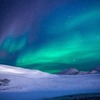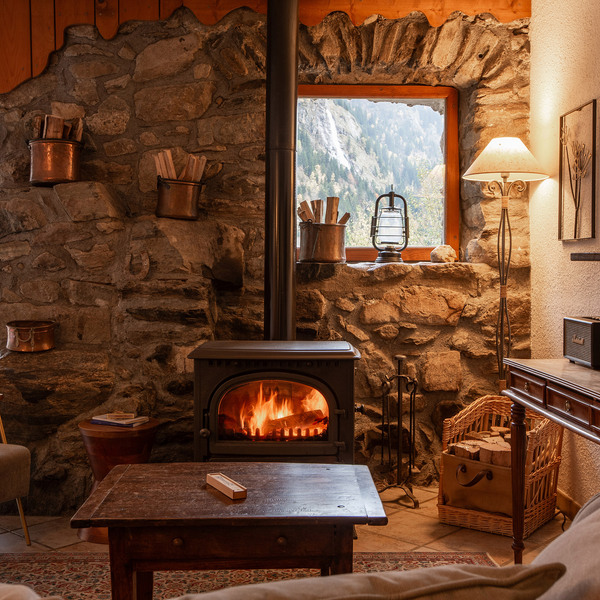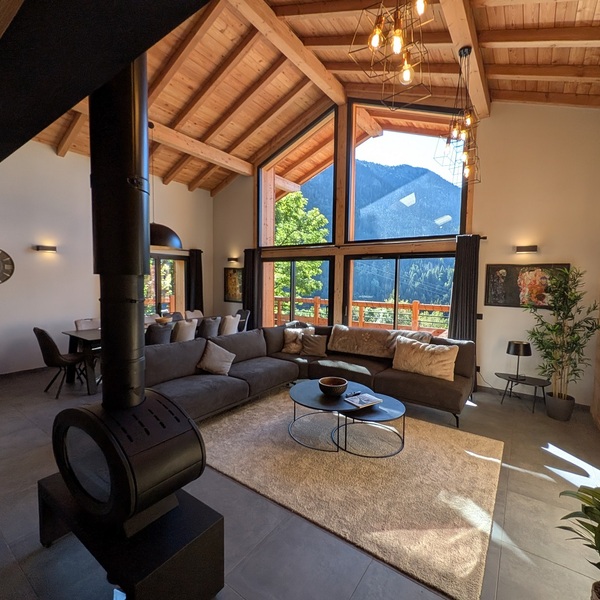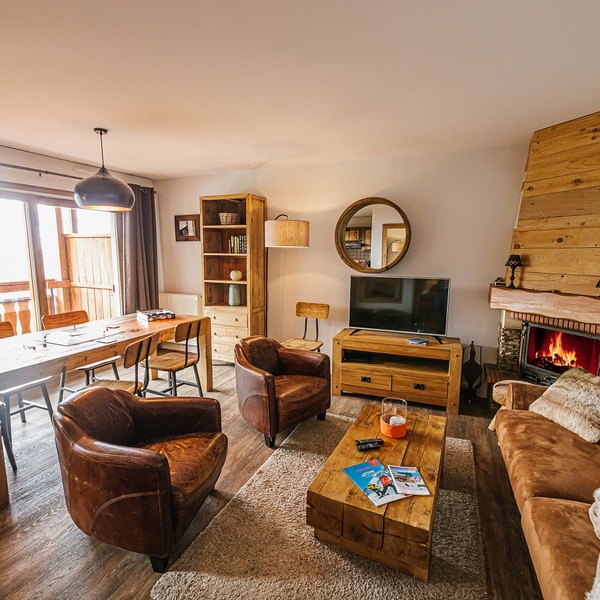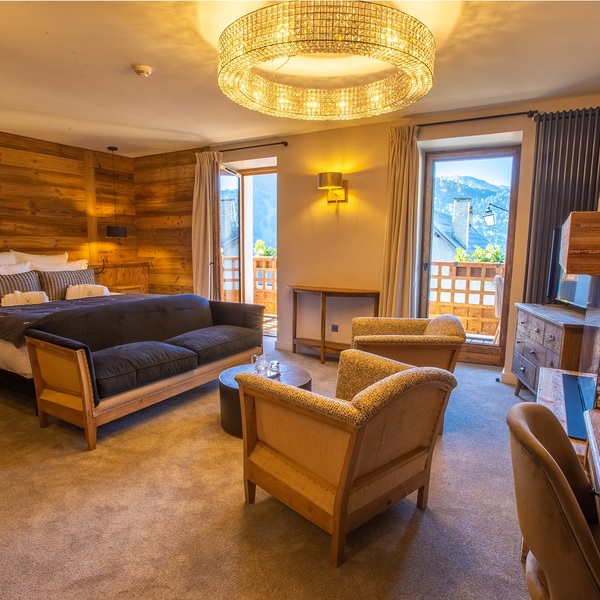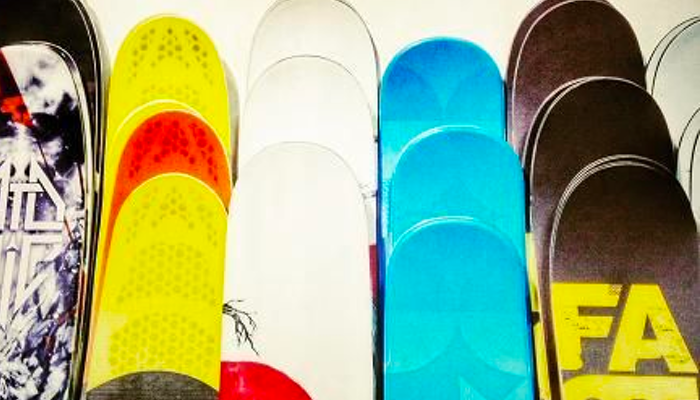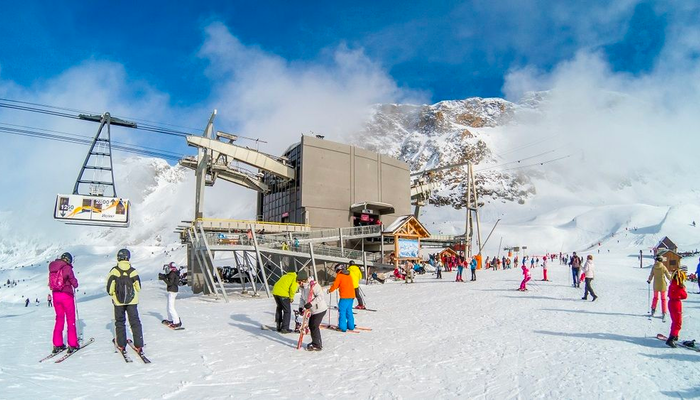There is a magic about winter landscapes, silent forests, dusted in white, ski runs in the morning gleaming, foggy frosty winter mornings, and winter light scattered through an icy cloud. But to put that beauty in proper perspective is a different thing. Firstly you have to go on a winter holiday! The best place to go? Well, in our opinion it's France. France has the Alps and Pyranees, Meccas for the winter enthusiasts and perfect terrain for all ages depending on what you're after. Have you go a trip planned already? If not, it's time to get a move on with your plans as things are booking up. If you're still needing to get your winter fix sorted, then complete Ski Peaks short enquiry survey and we'll fire some otions over to you.
Now then, let's get back to the question in hand and learn how to perfect that winter shot! Bright snow is usually read improperly by the cameras and a grey or pale picture is produced. The good news? Even some clever editing will make your winter pictures clear, sharp and vivid and it will look even better once you print some in a photo book.
This is how you can make your winter whites perfect and the prints as pretty as the scene themself.
Start with the Right Exposure
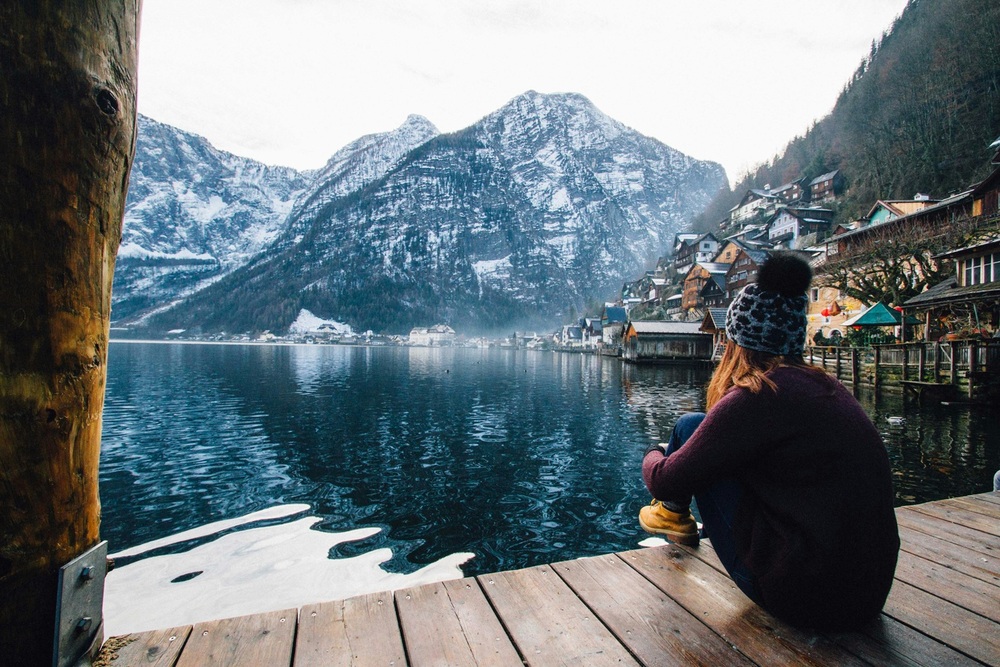
Snow blurs camera sensors due to its reflection of much light. The effect of underexposure is making white areas gray and of overexposure is killing the texture. When editing start with your histogram. When everything is concentrated in the center, make it become more exposed little by little until you see the snow being bright and still defined.
Use highlights and white sliders carefully. Reduction of highlights enables to restore the texture in the brightest areas of the snow, whereas addition of whites restores the radiance. This is aimed at achieving a balanced brightness, snow that shines but yet, at the same time brings out the minute curves, tracks or lines that make your image three-dimensional.
Bring Back Contrast and Detail
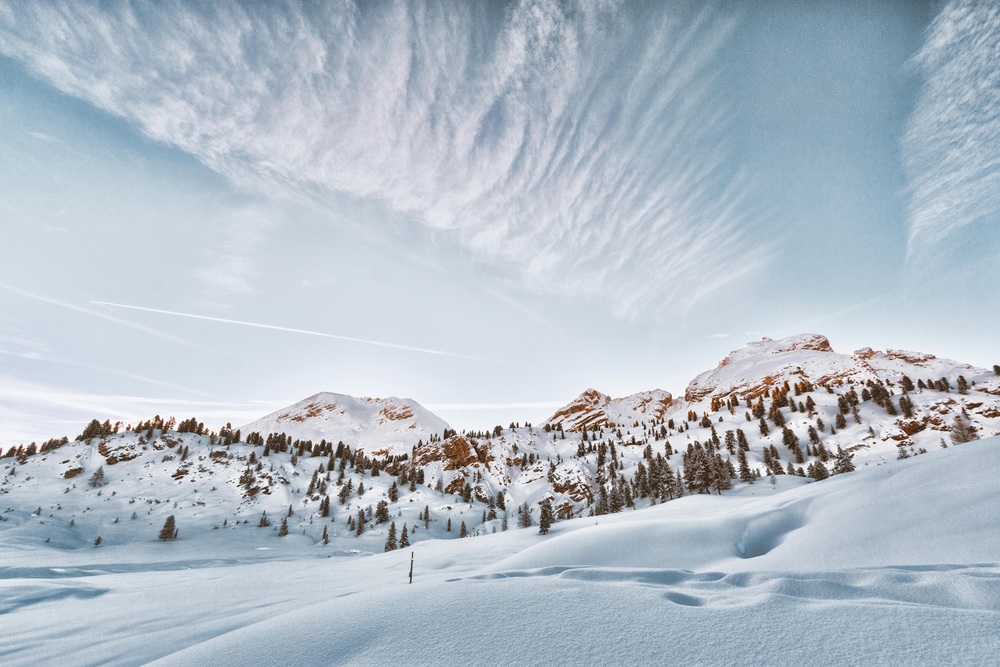
Winter scenes are usually plain when they are directly looking into the camera due to the snowfall forming soft light and low shadow. To restore dimension:
- Increase contrast slightly. Excessive will cause the snow to appear dirty, thus it should be mild.
- Enhance the realness or fineness of detail in the midtone of trees, mountains or ice.
- Apply selective contrast to objects such as people, cabins or ski gear so that they are visible
amongst the white background.
This mixture revives the dynamic range seen by the eye but can hardly be recorded by the camera.
Adjust Color Temperature Thoughtfully

Snow does not necessarily have to be pure white. It changes its color depending on the environment, blue in color, golden at sunrise and cool when under the cloudy skies. It makes you have an easier time when editing.
In case your image appears to be too blue, heat it up by adding little bit of temperature. Should it seem to be too warm or yellowish cool it until the whites are clean. Tint adjusts to correct any green or magenta colour cast that is usually produced by reflective landscapes.
Do not make neutral whites everywhere, but rather keep the real atmosphere of that winter.
Why Winter Photos Shine in Print
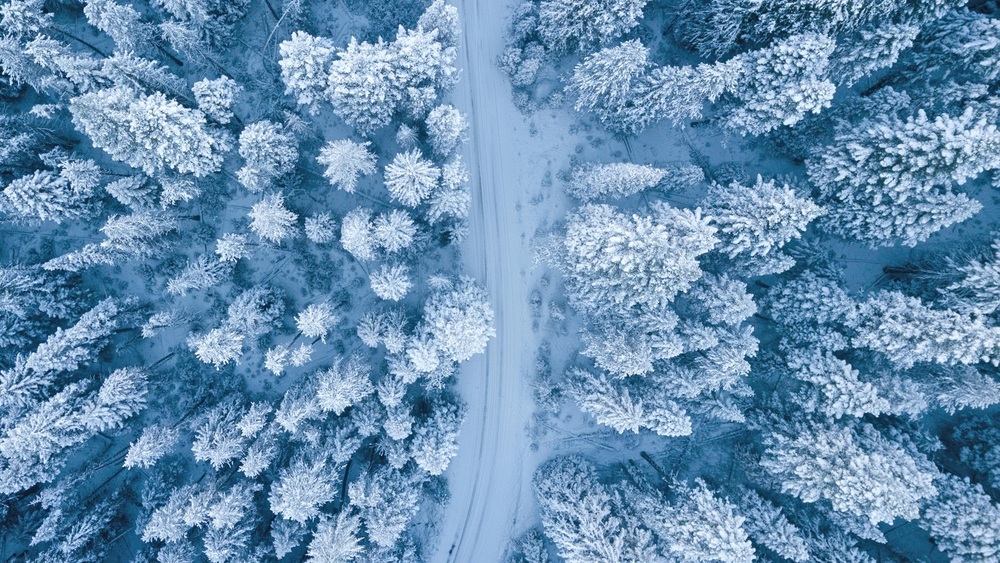
Winter photos are crisp, richly detailed and subdued in their colouring, all of which fail to portray well through computer displays. The natural light of snow is very beautiful to work upon good paper with flow of mindful storytelling.
A collection of ski-trip shots, perhaps a first snowfall, shots of the slopes, portraits of the lifts, a foggy morning ride there, and a sunset view of the mountains, give a memorable visual experience. Once these improved images have been assembled into a photo book, you have one continuous winter story that you will wish to read again with each passing year. Professional photographers such as MYPOSTER make sure the fine details of snow, sky, and shadow are reproduced accurately and the depth of your work comes out.
Excited to start snapping your winter holiday? Make sure you've booked your ski accommodation! Get in touch with Ski Peak to look at your ski holiday options.
F.A.Q.s

Why do winter photos often look dull or gray?
Because cameras underexpose bright snow, causing whites to shift toward gray.
How can I keep snow from looking washed-out in editing?
Increase exposure carefully while reducing highlights to retain texture.
What’s the best way to fix the blue tint in snowy images?
Warm up the color temperature slightly and adjust tint for balance.
How do I make winter landscapes look more detailed?
You can add subtle contrast and boost clarity or texture to enhance midtone details.
Why do winter photos look especially good in print?
High-quality printing captures snow’s natural brightness and refined details beautifully.
Tagged with;


